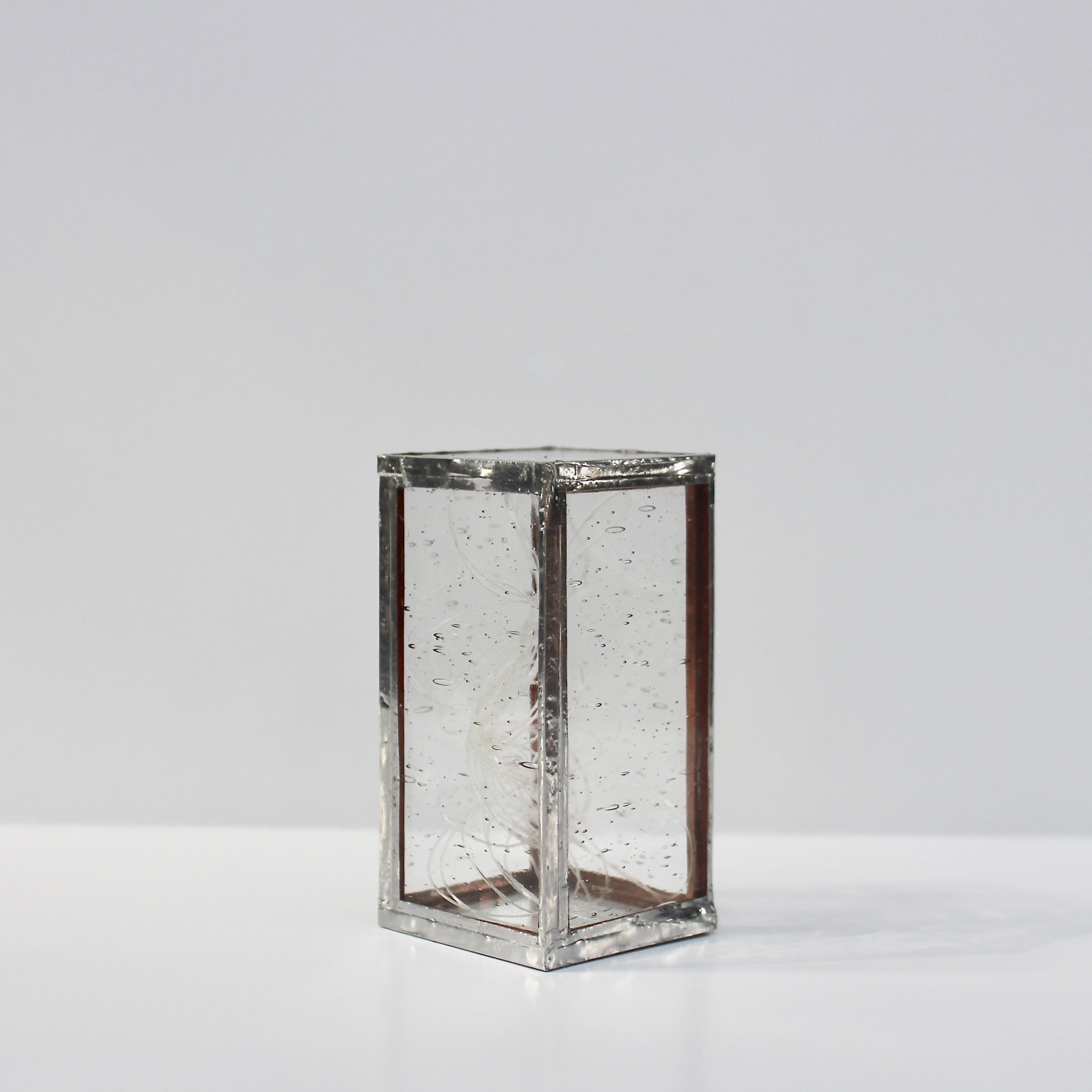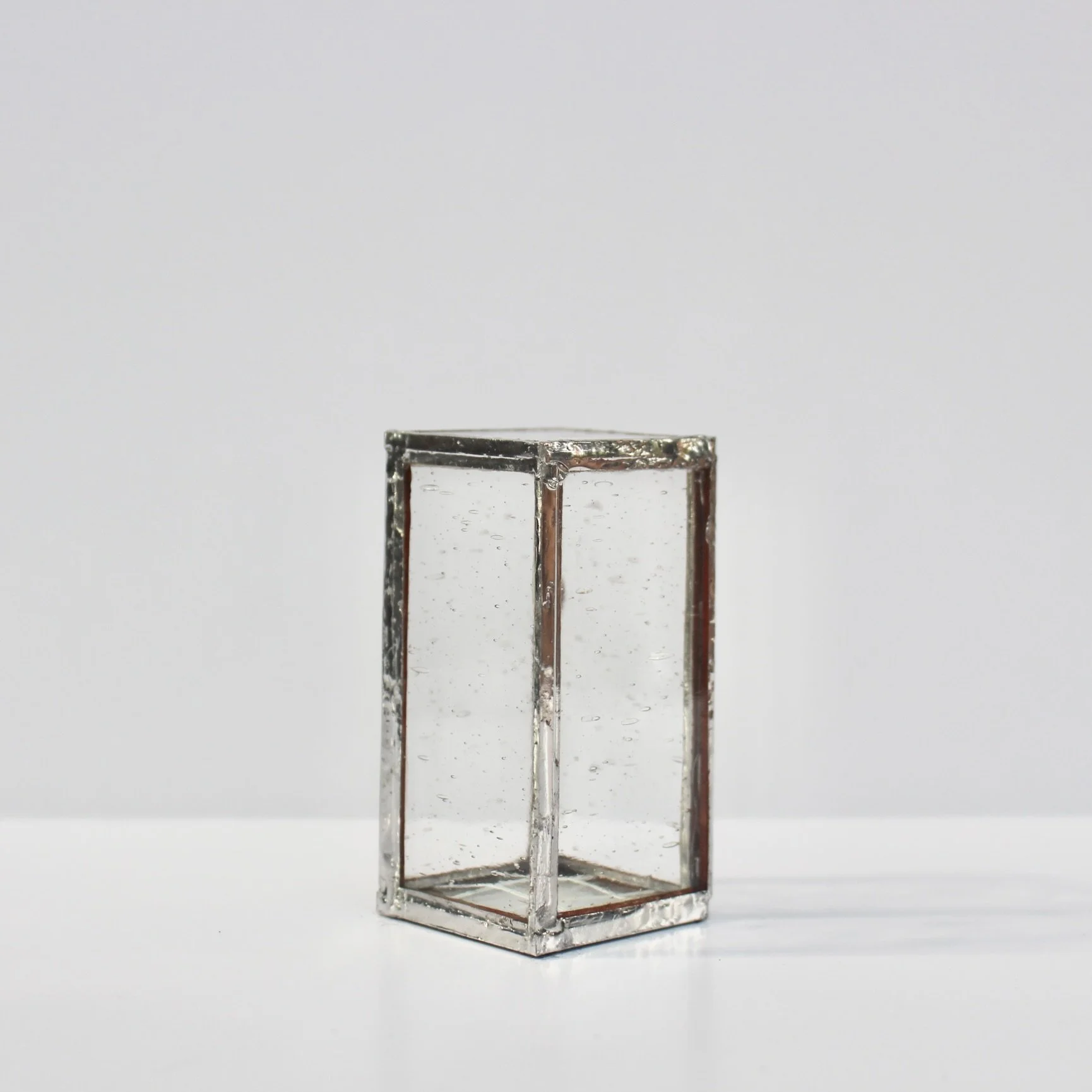
Allegory

Allegory (Detail)

Surface

Inside

Inside (Detail)

Inside (Detail)

Inside (Detail)

Inside (Detail)

The Student

The Professor

The Professor (Detail)

Installation View

Installation Detail

Installation Detail

Awareness

Access

Suspension

System

Scrutiny

Artifice

Transport

Theory

Indices 01 (Measure)

Indices 02 (Limit)

Indices 03 (Current)

Indices 03 (Current) (Detail)

Indices 04 (Mountain)

Indices 05 (Vanity)

Indices 06 (Command)

Indices 06 (Command) (Detail)

Indices 07 (Vision)